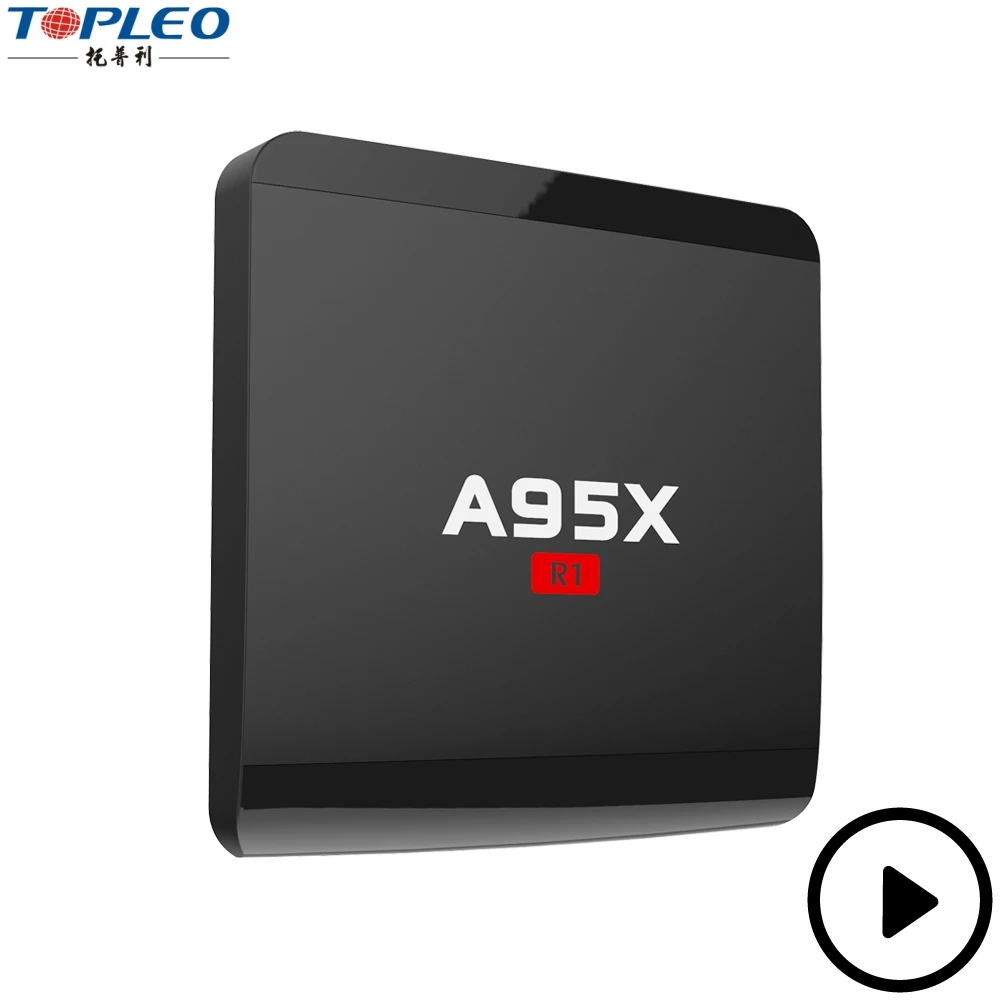Download Adobe Flash Player On Samsung Smart Tv

Samsung also announced plans to bring Adobe Flash Player 10.1 to its Smart TV browser, extending the company’s current support for Flash Player 10.1 on Samsung smartphones and tablets. With the addition of Flash Player 10.1, users will enjoy a more complete web browsing experience on the TV, with access to millions of websites with rich. Link to download: and a brief description can be found below: Thanks for watching a movie about using a Flash Player for Samsung Smart Tv.
A Vizio E-series box. A smart TV that doesn’t allow you to really browse the web. At the lower end of the smart TV spectrum are what I think of more as big screen Internet of Things devices that get cable and allow users to access a small bit of the web through pre-installed apps–as in, a YouTube app, a Netflix app, a Facebook app and so on. I would put the in this class; it’s a apparently and I see that a lot of Fairview residents are buying it, but it’s not a fully capable web browsing device. Higher end Smart TVs offer both Internet apps as well as direct access to the World Wide Web via a web browser, along with oodles of external connectivity options. Smart TVs acriss the board seem to have little internal storage and they all run some form of the Linux operating system. And though you would be hard-pressed to get one into your pocket, all smart TVs are designed–hardware and software-wise–along the lines of mobile devices, making them, in many respects, the largest non-touchscreen tablets that money can buy.
Being both mobile- and Linux-based means that smart TVs cannot play web-based Flash video–because Adobe gave up on the Flash Player for Android and iOS mobile browsers five years ago and for Linux four years ago. Desktops with Flash was then, and smart TVs without it are now. Trying to stream Flash-based video on a smart TV isn’t such a smart idea.— Back in November 2011, Adobe announced that it would henceforth only build Flash functionality into mobile apps using Adobe Air, meaning that it was. HTML 5 was too entrenched on mobile platforms, said Adobe.
Pc analyzer instrukciya na russkom yazike 3. 4-Bit PC Analyzer Diagnostic Motherboard LPT Tester USB Post Test Card For Laptop Desktop Feature: This motherboard diagnostic card, also known as a POST card (power on self test), is a powerful diagnostic tool for technicians and administrators to troubleshoot various problems of compatible notebooks by using the 25 pin parallel printer port (LPT) and USB port for power.
That the Flash Player for mobile (abandoned at ) was also a resource hog that performed poorly in the power-constrained mobile environment, Adobe neglected to say. In 2012, Adobe also pulled the plug on future versions of the Flash Player for Linux, outside of the special “Pepper” version built by Google into its Chrome web browser for the desktop. Since 2012 Adobe has only solo-developed the Flash Player for the Windows and Macintosh desktop operating systems. This is all well and good, a great many people are aware that Flash doesn’t come with Android or iOS devices anymore and many of the biggest embedded video services on the Internet, such as YouTube, Facebook and Netflix have dropped the need for the Flash Player altogether. However, there are still plenty of websites clinging to Flash-based video content. And no one bothers to tell smart TV buyers up front that they’re getting over-sized Linux or Android tablets rather than full desktop computers. Or that when they hit a website that kicks up a warning—either that they need to install the Flash plug-in to play content, or that their smart TV’s built in version of the Flash Player (11.1) needs to be updated—there will be little or nothing they can do about it.
The fact that there have been no Flash Player updates from Adobe for smart TVs for over three years has led to a steady stream of confused and annoyed smart TV owners taking to various web forums to ask what the Flash Player alerts mean and what can be done about them. The answers have, for the most part, been as confused as the questions. That’s as much because the various makers of smart TVs have largely tried to ignore the issue completely. In the recent past, Samsung’s smart TVs reportedly ran on an identifiable version of the Linux operating system and shipped with Adobe Flash 11.1.

As of 2o15, Samsung’s smart TVs, such as the Series 5, were supposed to be running Tizen OS for TV— being the in-house implementation of Linux/Android for Samsung mobile devices. (With Tizen, it’s unlikely Samsung even includes the antiquated Flash 11.1.) Either way that means no Adobe Flash updates, no how, for Samsung smart TVs—ever. But can Samsung just come out and say that? Of course not! In a bewildering 2015, the company stated that its OS prevented the smart TV web browser from installing anything downloaded by the user “for security purposes” and that “up to February 4, 2014”, Flash would be upgraded via firmware upgrades available from the Samsung website.
Although, explained Samsung, Adobe no longer supported Flash on Samsung Smart TVs and Blu-ray players. Finally the company recommended the mobile version “as Flash player updates are issued by Adobe for desktop and mobile”.
- вторник 06 ноября
- 60